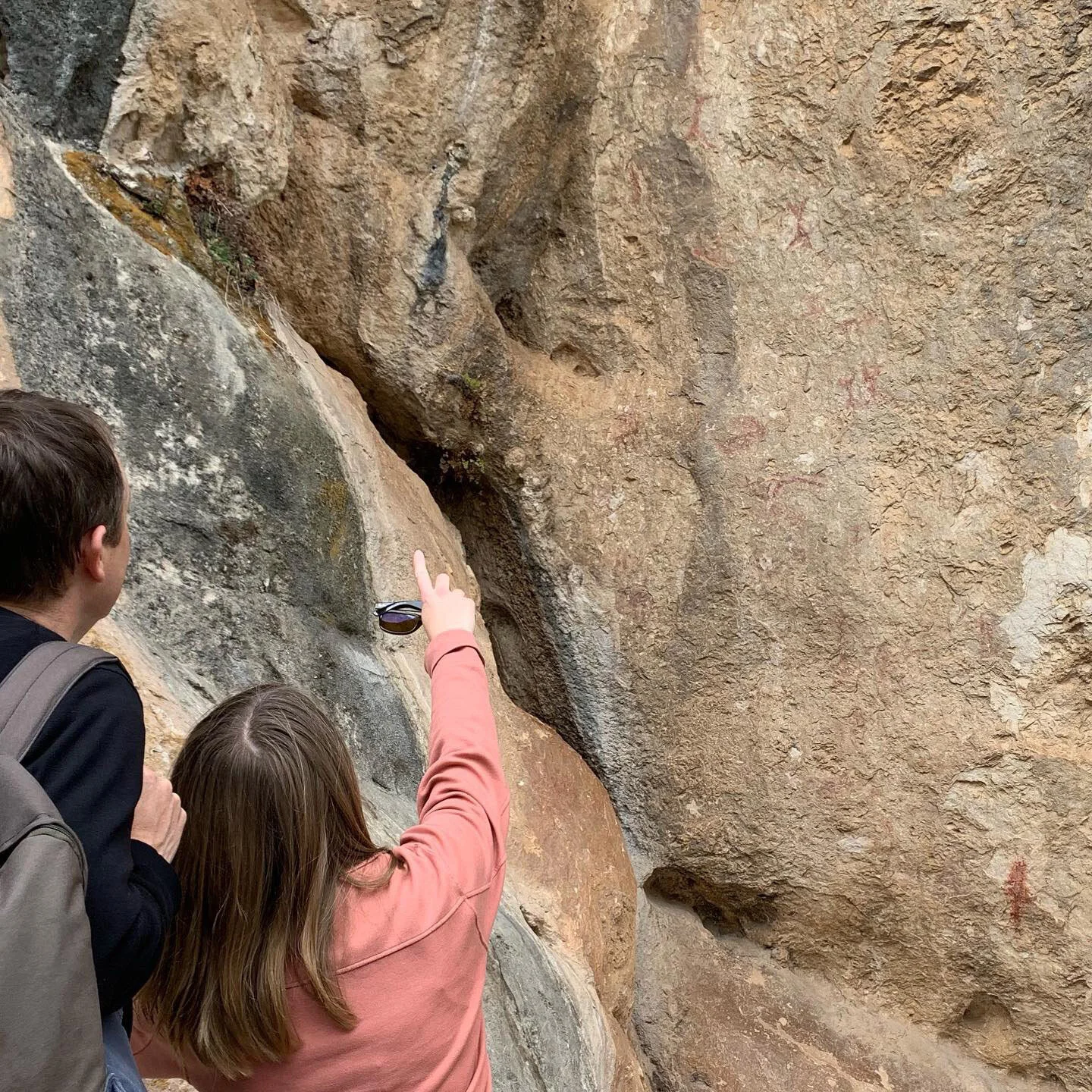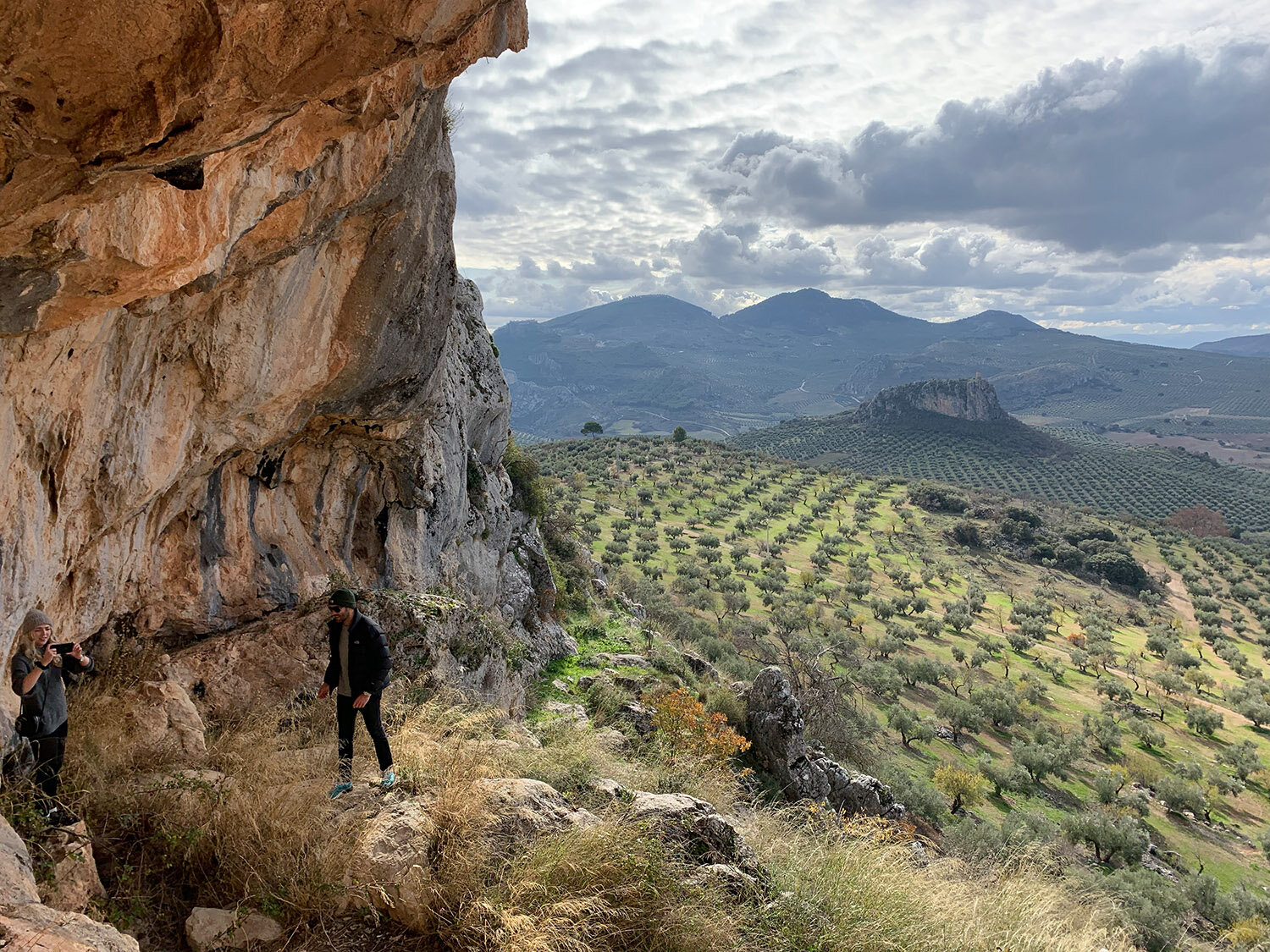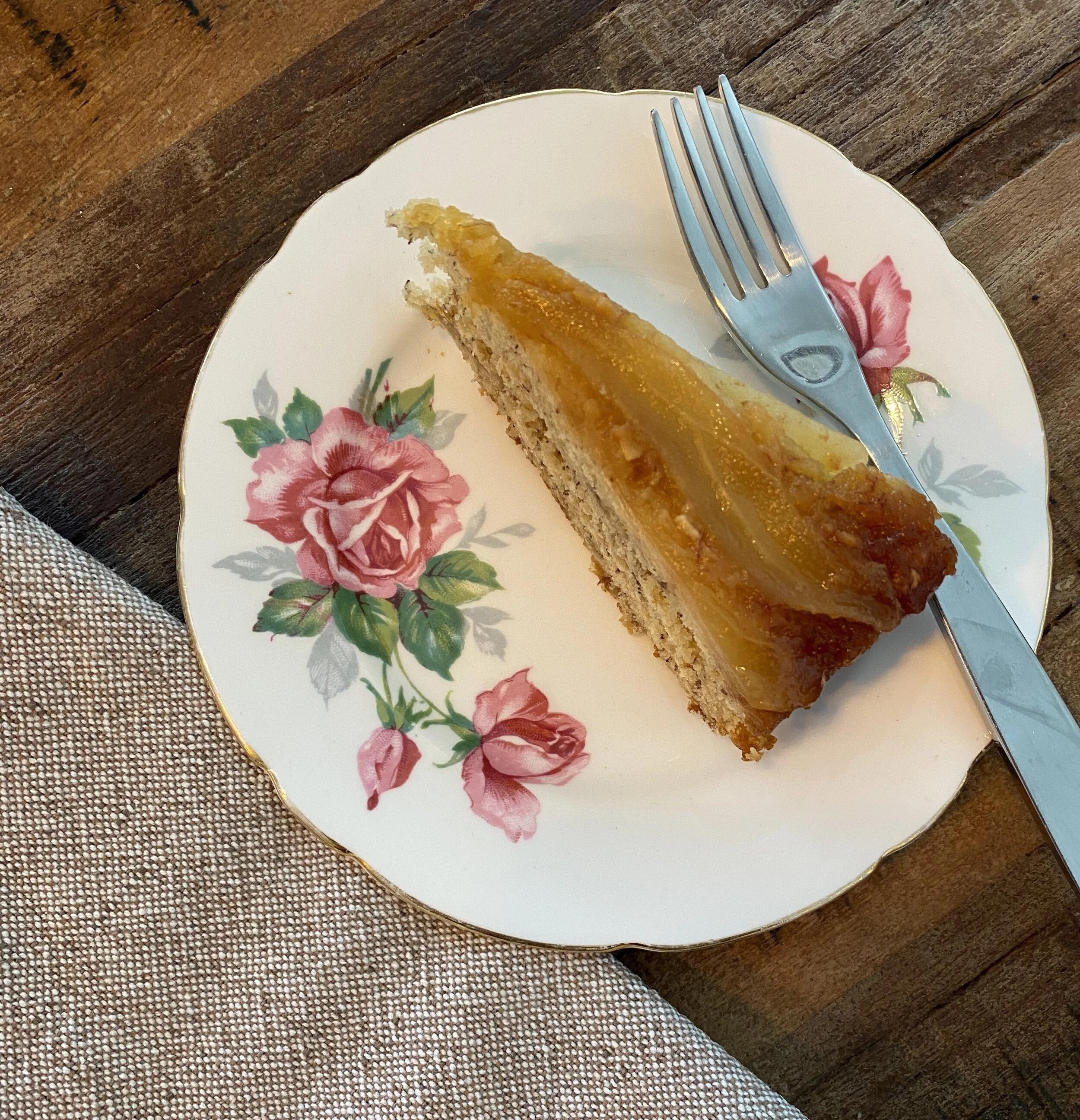Vultures, Visigoths and Neolithic Cave Paintings
If you ever want to be reminded how utterly dust-speck tiny we are on the timeline of planet earth, then the landscapes around our village of Moclín provide the perfect microscope.
We have often written about the history of this part of Granada Province, but we are constantly astounded by how much tangible evidence there is hereabouts of thousands of years of history, and we mean thousands.
For history lovers making a visit to Granada, a great starting point is the Archeological Museum in Granada city centre. This fascinating and beautiful museum illustrates the timeline of Granada perfectly, and one of the artefacts on show includes a tooth, discovered in Orce in the north-eastern corner of the province, dating back 1.4 million years.
Evidence of our local history may not go back quite that far (but who knows?), but recent archaeological exploration has found evidence of habitation going back 60,000 years, way beyond the previously estimated neolithic period of 7,000 years ago.
Within easy reach of Moclin, we can walk through a history dating back to 5,000 years BC and being in such close proximity to this rich seam of history has rekindled a deep interest in archaeology, ethnology and anthropology for us both. Walking through olive groves to reach an almost inaccessible cave feels very much as though we are travelling back in time. It is easy to imagine how little the rugged landscapes have changed over the millennia; yes, the crops have undoubtedly changed, but the fundamental structure of the rocky, dramatic skeleton that pokes jagged bones through more gentle slopes has remained relatively unchanged for longer than we can comprehend - what on earth does 1,400,000 years of history look like when you consider that our ‘modern’ history only fills 2,000 years.
We have done our fair share of exploration to discover the neolithic cave drawings, 2,000 year old burial grounds, Roman bridges and villas, 13th Century cemeteries and villages in this area. These reminders of history are as interwoven here as the almond trees, the olive groves, the blue skies and deep gorges. These are no museum pieces or tourist attractions; they exist and we can only feel humbled by their presence and very, very insignificant.
There are no less than 7 caves in the immediate area surrounding Moclín that contain cave drawings from the Neolithic period. Andrew and I have managed to visit all of them, but two of these have yet to reveal their drawings to us, which is mightily frustrating. We WILL find those paintings! We have no doubt that there were many more paintings that have been eroded away or exposed to the elements as time has passed, but the thrill of discovering these ancient works of art is indescribable. The difficulty of accessing some of these caves, and their dramatic and atmospheric locations, amplifies the feelings of privilege at being allowed to get up close and personal to these historical secrets.
Moclin’s Neolithic Cave Paintings, mainly depicting people and wildlife (Ibex, particularly) can be seen in the following caves:
Abrigo de Corcuela. Very easy to access, hidden behind olive trees in a biblical-type setting. To be able to just walk up to a cave wall and see 7,000 year old paintings is mind-blowing.
Cueva de Malalmuerzo. This cave is currently gated and locked as archaeologists have been working in the complex of underground caverns over the past couple of years. It is here that evidence has been found of habitation dating back 60,000 years, and artefacts have also been found here of Mozarabe occupation from the 13th Century.
Cañada del Hornillo de la Solana. This is possibly the most difficult cave to reach. I haven’t made it yet, although I have got very close. Andrew and my son James have managed to get to the very lip of the cave entrance, but I am not sure they actually got into the opening.
Cueva de la Araña. A beautiful complex of caves in a stunning location, with each main cave stepping down the cliff face in line with the descending hillside. One of the caves disappears into the cliff; not quite sure we fancied any encounters with resident spiders in the pitch black of the cave’s interior. We’ll save that for braver visitors!
Cuevas de Limones. This cave can be seen from a distance, but as with so many of these caves it is not always easy to find a route when up close. When we first visited, we asked a local who pointed us in a vague direction with a look that said “why on earth do you want to go and see an old cave?” As with all but one of these caves, there is no friendly footpath, and we wandered through olive groves until we reached the bottom of the cliff face; then we had a scramble upwards, over rocks, to reach the cave. Sitting there, you can quite imagine how people did manage to live here - the cave opening faces due south with views that go on for miles and miles and there are no sounds - just the whispers of warm breezes. It is a place for deep contemplation.
Cueva de las Veredas. These are magical, Tolkien-esque caves, well concealed behind a veil of pine trees on a steep hillside. We have scrambled into these caves on a number of occasions but have yet to find the paintings, so we need to go and have another good look. The setting is mysterious and dramatic and possibly the cave where we feel most easily transported back to another time.
****** 4th March 2021 UPDATE: we found them! We have been to these caves several times and have not previously seen these drawings, but today we persevered. The drawings, when you do spot them, are very obvious and they are possibly the most representative of all the paintings in the seven caves. The two figures are used as the logo for the Villages of Moclín. A very exciting discovery!
Cuevas Bermejas. On another sunny, south-facing slope on a wild mountainside, there are no clues of routes to find the caves. Again, from a distance, they can be seen but you need to be intrepid to forge through olives groves, across a steep-sided barranco and then clamber up a rocky slope to get to these magical places. The height affords the most spectacular views, and the remoteness of the location creates a connection with nature that is unique and emotive.
We offer picnic treks to some of these caves for our guests at Casa Higueras. Obviously, we wouldn’t shove everyone up to the most inaccessible caves (although we have tried with the children!). To reach any of these caves, you need to have stout hiking shoes and a sense of the intrepid. Mind you, the picnics we provide are up to the challenge, and we generally bring a bottle of cava, homemade sausage rolls, salads, quiche, cake and water. We select the cave most suitable to our visitors’ appetite for activity, but to get to any of them, to see the drawings and absorb the immensity of an unfathomable history is something that is difficult to describe.
On New Year’s Day, for a change of scenery, we went on the search for more history in one of our neighbouring villages, Colomera. We knew that the village has a beautifully preserved Roman Bridge, and we have visited this before. However, we had also found out that there is a Visigoth Necropolis in the same area. There is a ‘Necrópolis Visigoda’ sign that points off the Colomera road but other than that there is absolutely no other clue as to the whereabouts of this site, or how to get to it.
It was a cold day; sunny, but cold. We left the car beside the Roman Bridge and set off in the direction of where we believed the route to be. Fortunately, we met a local olive farmer who was just driving down the track we were ascending. We asked where we could find the necropolis and he kindly pointed us in the right direction, further long the track and off into the campo.
Needless to say, the track does not lead directly to such an historic site; the track is there for the farmers! We saw a mound in roughly the right zone and clambered up to find an incredible arrangement of tombs scattered haphazardly amongst the rocks and gnarled trees. Probably dating from around 600 - 700 AD (the Visigoths were in Spain from the V - VIII Centuries), the site has a decidedly mystical feel, but that may just be because there are tombs here and it is in the depths of rugged Andalucia!
We did a circular walk from the necropolis, with a picnic in our rucksack, but worryingly found ourselves caught in the cross fire of a New Year’s Day game shoot! Following the farm track deep into the campo, we did notice a rusty looking hide, and heard the occasional shot, but had no idea that we were so close until we saw two hunters walking towards us armed with shotguns. Needless to say, we quickly asked for directions to get out of there:
“Is that the way to the barranco?”
“No idea.”
“Thanks!”
Downhill we scuttled, as fast as our legs and the mud beneath our feet would allow, with the sound of shot crackling through the leaves of the olive trees, convinced that we were being pursued by “Deliverance”-type hunters out for a day of fun.
Eventually, we found the barranco, or river gorge, and traced its dry route in a downwards direction. Suddenly, the gorge got somewhat steeper and we found ourselves clambering over rocks descending through steep-sided terrain with not much sign of an escape route. Alfie must have thought we had gone stark raving mad. Rather than risk following this treacherous route, we thought it might be better to climb up again so we were above the ravine rather than disappearing into it, and there, on a meadow above this dramatic land feature, we had our picnic, trying to find a comfortable seat amongst the decidedly unfriendly jagged rocks. It was then we saw 20 or so vultures circling just above the hill on the other side of the barranco. The chilly wind cut through our hats and gloves and ruffled Alfie’s already scruffy coat. We chomped through our rolls watching the majestic birds wheeling overhead and the vision served to remind us that the wilds of Andalucia don’t do things by half. The vultures had clearly believed that we’d had a near-death experience by shotgun and ravine and had come to assess their own next picnic…

























